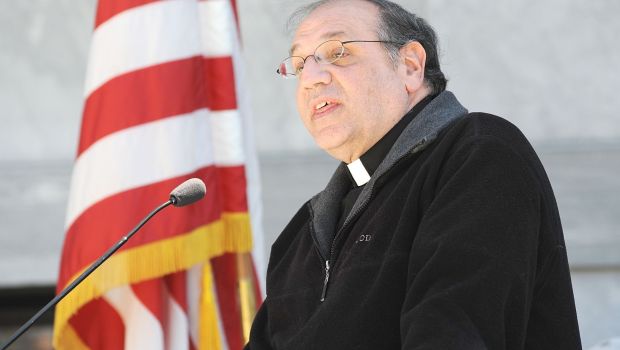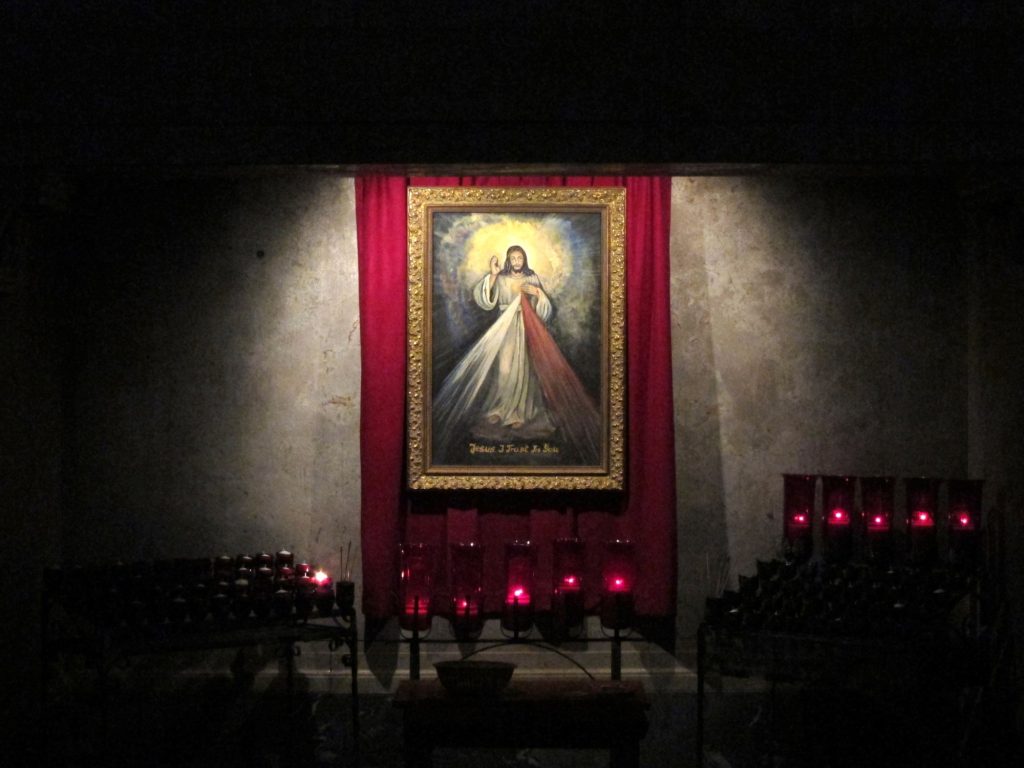The Rev. Gus Puleo wrote this before he died on April 3, 2024. He was in charge of the English as a Second Language (ESL) program and the Spanish Department at St. Charles Borromeo Seminary in Philadelphia, where he also taught English and Spanish. He used to lead St. Patrick Church in Norristown and will be missed by many.
Sister Faustina's name will be forever connected to the yearly celebration of Divine Mercy, which takes place on the Sunday after Easter, the Divine Mercy chaplet, and the Divine Mercy prayer said each day at 3 p.m. by many devoted individuals.
She was the third of 10 kids born in Poland. Her dad was a carpenter and her family was poor but deeply religious. At seven, she felt called to religious life while attending the Exposition of the Blessed Sacrament. She wanted to join the convent as a young girl, but her parents wanted her to work as a housekeeper and support the family.
When she was 17, Faustina went to a dance with her sister, Natalia. During the dance, she had her first vision of Jesus Christ suffering and later went to the Cathedral. According to Faustina, Jesus told her to immediately leave for Warsaw and join a convent.
Upon arriving in Warsaw, she entered Saint James Church, the first church she found, and attended Mass. While there, she approached different convents but was rejected each time, often due to her appearance and poverty.
Finally, the mother superior of the Congregation of the Sisters of Our Lady of Mercy agreed to take in Faustina on the condition that she pay for her religious clothing. By working as a housekeeper, Faustina saved money and made deposits to the Convent. At 20, she received her religious clothing and took the name Sister Maria Faustina of the Blessed Sacrament. In 1928, she took her first religious vows as a nun.
Three years later in 1931, Sister Faustina was visited by Jesus again, who appeared as the 'King of Divine Mercy.' In her diary, Sister Faustina wrote, 'In the evening in my cell, I become aware of the Lord Jesus dressed in a white garment. One hand was raised in blessing, the other was touching the garment at the breast. From the opening of the garment at the breast there came forth two large rays, one red and the other blue. After a while, Jesus said to me, 'paint an image according to the pattern you see with the inscription: Jesus, I trust in You.'

In the same message, Jesus explained that he wanted the Divine Mercy message to be 'officially celebrated on the first Sunday after Easter; that Sunday is to be the Feast of Mercy.' Three years later, the picture was painted, and Sister Faustina took her final vows, becoming a permanent member of Our Lady of Mercy. Sister Faustina had written in her diary, 'Oh, incomprehensible in mercy towards the poor soul. I have received this order through him who is Your representative on earth, who interprets your holy will to me. Jesus, you see how difficult it is for me to write, but you have given the order to write, O God, that is enough for me.'
In 1937, the first holy cards featuring the image of Divine Mercy were made, and Sister Faustina gave instructions for the Novena of Divine Mercy, which she said came from Jesus Christ. This image and novena started to become very popular. In late 1937, Sister Faustina became ill and passed away on October 5, 1938, at the age of 33. She was buried at the Basilica of Divine Mercy in Krakow, Poland.
Under the orders of her superiors, starting in 1934, she carefully wrote down the visions and personal messages in six notebooks. These messages are now in a single book called The Diary of Saint Maria Faustina Kowalska: Divine Mercy in My Soul. In this diary, Saint Faustina explains how Jesus wants devotion to his Mercy to spread.
The first way is to reflect on the image of Divine Mercy. This image of Jesus with two rays of light shining from his heart, one blue and one red, representing the Sacraments of Baptism and the Eucharist. This image was to be honored and respected worldwide. The goal of praying the Chaplet of Divine Mercy, the second way, is to obtain mercy, trust in Christ’s mercy, and show mercy to others.
For others, the 3 o’clock hour is important, the hour that Jesus died and poured out his mercy on us. At this time, the prayer is said. Finally, Jesus wanted to raise up apostles of mercy, who both live mercifully toward others and help spread devotion to his Mercy.
In 1965, Archbishop of Krakow, Karol Wojtyla, who would later become Pope John Paul II, initiated the first inquiries into the life and virtues of Faustina. He asked for the beatification process to begin. One of the miracles attributed to Sister Faustina was the healing of a woman, Maureen Digan, of Massachusetts, who was cured of lymphedema after praying at Sister Faustina’s tomb.
St. Faustina was beatified in 1993 and canonized in 2000 by Pope St. John Paul II. She was honored as “the first saint of the new millennium.” Her feast day is October 5th, and she is the patron saint of Mercy. However, she is always honored on Divine Mercy Sunday, which is the Sunday after Easter.









